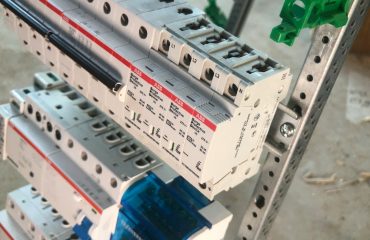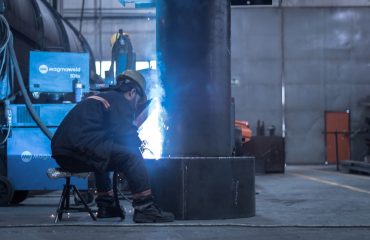body {
font-family: sans-serif;
line-height: 1.6;
}
h1, h2, h3 {
color: #333;
}
code {
background-color: #f0f0f0;
padding: 2px 4px;
border-radius: 4px;
}
Steel structures, known for their strength and versatility, require meticulous calculations to ensure safety and efficiency. This comprehensive guide explores the key aspects of strength calculations in steel design, demystifying the process and providing a solid understanding of the underlying principles.
1. Understanding Design Codes and Standards
Accurate strength calculations rely heavily on adhering to established design codes and standards. These codes, such as AISC (American Institute of Steel Construction) in the US, Eurocode 3 in Europe, and AS/NZS 4600 in Australia/New Zealand, provide guidelines and formulas for determining allowable stresses, safety factors, and design procedures. These codes consider various factors, including material properties, load types, and potential failure modes. Understanding the specific code applicable to your project is crucial for ensuring compliance and structural integrity. Familiarity with the code’s terminology, notation, and limitations is paramount for accurate interpretation and application.
2. Defining Material Properties and Section Properties
The strength of a steel structure is directly influenced by the material properties of the steel used. Key properties include yield strength (fy), ultimate tensile strength (fu), and modulus of elasticity (E). These values are typically obtained from material test reports or manufacturer’s specifications. Accurate determination of section properties, such as area (A), moment of inertia (I), and section modulus (S), is equally important. These properties depend on the shape and dimensions of the steel member (e.g., I-beam, channel, wide-flange). Engineering software and handbooks provide detailed section properties for various standard steel sections. Inaccurate determination of either material or section properties can lead to significant errors in strength calculations.
3. Calculating Loads and Load Combinations
Accurately determining the loads acting on a steel structure is a critical step. Loads can be classified as dead loads (self-weight of the structure), live loads (occupancy loads, snow loads, wind loads), and environmental loads (earthquake loads, temperature effects). Design codes specify methods for calculating these loads based on location, building type, and other factors. Furthermore, load combinations must be considered to account for the simultaneous action of multiple loads. Load factors are applied to each load type to account for uncertainties and variations. The most critical load combination, resulting in the highest stresses, will govern the design.
4. Stress Analysis: Bending, Shear, and Axial Forces
Once loads are determined, stress analysis is performed to calculate the stresses induced in the steel members. This involves determining internal forces such as bending moments (M), shear forces (V), and axial forces (P). These forces are calculated using equilibrium equations and methods of structural analysis, such as the method of sections or the force method. The stresses are then calculated using appropriate formulas:
- Bending Stress: σ = M*c/I, where c is the distance from the neutral axis to the outermost fiber.
- Shear Stress: τ = V*Q/(I*b), where Q is the first moment of area and b is the width of the section.
- Axial Stress: σ = P/A
These stresses are compared to allowable stresses defined in the design code to ensure the structure’s safety. Software packages like RISA, ETABS, and SAP2000 are commonly used for complex stress analysis.
5. Addressing Potential Failure Modes: Buckling and Yielding
Steel members can fail due to various modes, including yielding (exceeding the material’s yield strength) and buckling (instability under compressive loads). Yielding is checked by comparing the calculated stresses to the allowable stresses based on the yield strength of the steel. Buckling, particularly critical for slender members under compression, requires more complex calculations. Euler’s formula and other empirical equations, often provided within design codes, are used to determine the critical buckling load. Effective length factors account for the support conditions of the member. Design checks ensure that the applied compressive loads remain below the critical buckling load. Furthermore, local buckling, where a portion of the member buckles, needs to be considered, especially for thin-walled sections.
Understanding and accurately performing these calculations is crucial for ensuring the safety and longevity of steel structures. While software can simplify the process, a strong grasp of the underlying principles is essential for proper interpretation of results and informed decision-making.
SEO-Friendly Tags:
- Steel Structure Design
- Structural Steel Calculations
- Steel Member Strength
- AISC Steel Design
- Eurocode 3 Steel Design




